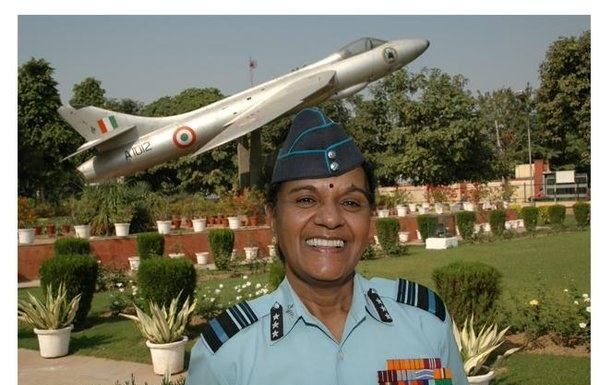Company Quarter Master Havildar Abdul Hamid was born on July 1st in the Dhamupur village of Gazipur District of Uttar Pradesh; in a Muslim family. His father Mohammad Usman was a wrestler. Havildar Abdul Hamid was the tenth recipient of the highest gallantary award the Param Vir Chakra that was awarded to him posthumously for his eminent bravery acts in the Indo-Pakistani War of 1965. He was just 32 years when he died while battling in the battle of Khem Karan sector. Havildar Abdul Hamid had received accolades by the people of the country in many forms. A mela is organized in Assal Uttar on the date of his martyrdom and a mausoleum was also created on his grave by the 4th Grenadiers. In his honour and tribute the people of his village named a library, school and a dispensary on his name. Even the Army postal service also issued a unique cover on 10th September 1979, in thE memory of Havildar Abdul Hamid. On 28 January 2000 five postage stamps (Gallantry Award Winners) of value Rs 3 were issued by the India Post. One of them had figured Havildar Abdul Hamid in which he was illustrated; sitting on a jeep with recoilless rifle. Havildar Abdul Hamid died on September 10th 1965.
Army Career
Havildar Abdul Hamid was enlisted in the Grenadier Infantry Regiment in the Indian Army on 27 December 1954 with the army number; 239885. Later on, he was commissioned in the 4th Battalion of the regiment in which he spent his further service life. During his service life he served in Amritsar, Agra, Delhi, Ramgarh, and Jammu & Kashmir. He did immensely great in the battle of Namka Chu that he fought under the 7th Infantry Brigade commanded by Brigadier John Dalvi; in the Sino-Indian War of 1962. For his bravery, he was awarded with many of the service medals during his service life such as; Sainya Seva Medal with Clasp “Jammu and Kashmir”, Samar Seva Medal, and Raksha Medal.
The Indo-Pak War & the Battle of Khem Karan Sector
Since Havildar Abdul Hamid was the best 106mm recoilless rifle shot in the battalion he was soon reverted back to his former charge as NCO controlling the battlion’s recoilless rifle platoon. Before this shifting he was promoted as the in-charge of quartermaster stored of his company. It was in the Lahore sector of operation when the 4 Grenadiers with three other battalions of the division formulated a new defense line between Assal Uttar and Chima villages on the Patti axis and Khem Karan-Bhikhiwind-Amristar road. The Indian battalion succeeded in overtaking the Ichhogil canal but was ordered back to new positions due to being misled by the Pakistani counter-offensive. The indian platoon made every possible effort to deceit their location to the enemy by covering their area with cotton and sugarcane fields in which they succeeded as well.
It was September 8th when the enemy made a second attack on the 4th Grenadier’s position. The attack was continued with the intense bombarding of artillery. The battalions recoilless weapons and automatics were well positioned by Abdul Hamid’s company and that very afternoon Abdul Hamid trashed two Patton tanks of the enemy. Sooner Abdul Hamid realized that a group of Pattons from the enemy was heading towards the company, he quickly understood the severity of the situation and he immediately moved out of the flank and took a jeep with his gun. Nothing could deter him then, not even the continuous gun, shelling and tank firing from the enemies. He persistently knocked out three pattons one after another.
Abdul Hamid destroyed seven tanks of the enemies before he was killed by the tank fire, for which he received the gallantry award the Param Vir Chakra. The award was announced on September 16th 1965 and was bestowed to Abdul Hamid’s better half; Rasoolan Bibi by Sarvepalli Radhakrishnan the President of Indian the Republic Day of 1966.






























